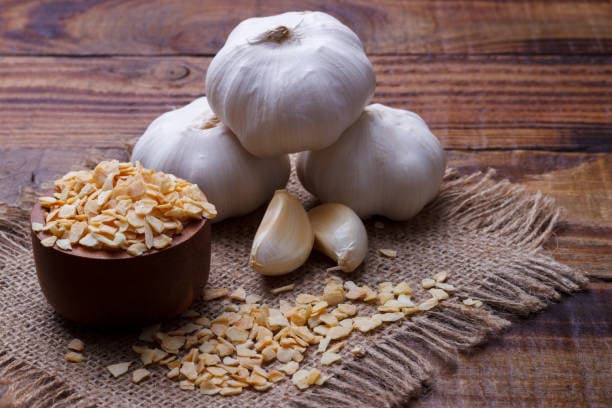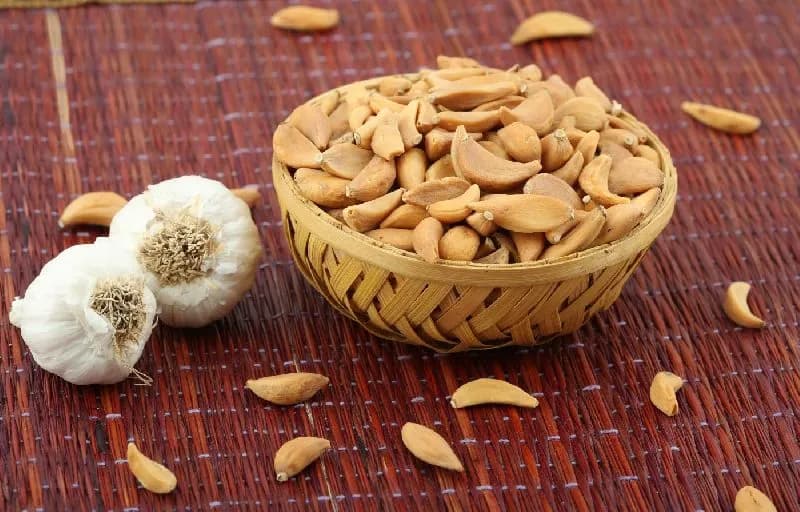The Golden Heritage of India’s Spice Industry
For millennia, India has been the epicenter of the world’s spice trade, earning its reputation as the “Spice Bowl of the World.” Today’s modern spices manufacturer India operations blend ancient wisdom with cutting edge technology, creating products that satisfy both traditional kitchens and international gourmet establishments. This unique combination of heritage and innovation positions Indian spice manufacturers at the forefront of a $20 billion global industry.
The journey from farm to fork involves meticulous processes that preserve the soul of each spice. Whether it’s the earthy warmth of cumin from Gujarat’s fields or the fiery red chilies from Andhra Pradesh, every spice manufacturing company in India carries forward a legacy of excellence that spans generations.
Revolutionary Processing Technologies Transforming Indian Spices
Advanced Dehydration Techniques
Modern Indian spice manufacturers have revolutionized traditional preservation methods. The production of Dehydrated White Onion now employs vacuum freeze drying technology that retains up to 95% of the original nutritional value while extending shelf life to 24 months. This breakthrough has made Indian dehydrated products indispensable for the global food processing industry.
The manufacturing of Fried Onion Kibbled has evolved from simple sun-drying to sophisticated multi stage processes involving:
- Controlled atmospheric dehydration
- Precision cutting for uniform kibble size
- Flash-frying at optimal temperatures
- Nitrogen-flush packaging for maximum freshness
Innovation in Pink Onion Processing
Dehydrated Pink Onion Flakes represent the pinnacle of Indian spice innovation. These products undergo a specialized low temperature dehydration process that preserves their distinctive mild sweetness and vibrant color, making them highly sought after by international food manufacturers for premium ready to eat meals and gourmet seasonings.
The Competitive Edge of Indian Spice Manufacturers
Geographical Advantage and Biodiversity
India’s diverse climate zones from the tropical coasts of Kerala to the arid regions of Rajasthan create ideal conditions for cultivating over 75 different spice varieties. This geographical blessing enables wholesale spice suppliers to offer an unmatched range of products year-round, ensuring consistent supply to global markets.
Vertical Integration and Supply Chain Excellence
Leading Indian spice companies have adopted vertical integration strategies, controlling everything from seed selection to final packaging. This approach ensures:
- Direct farmer partnerships for quality raw materials
- Reduced intermediary costs
- Complete traceability from farm to consumer
- Faster response to market demands
Meeting International Standards: Beyond Basic Compliance
Comprehensive Certification Framework
Today’s export quality spices from India go through rigorous certification processes that exceed basic requirements:
- FSSAI Compliance: Mandatory for domestic and export markets
- EU Organic Certification: Opening doors to premium European markets
- USDA Organic: Essential for North American distribution
- BRC Global Standards: For UK and Commonwealth nations
- HALAL and Kosher Certifications: Catering to specific dietary requirements
Laboratory Testing and Quality Assurance
Modern spice manufacturing facilities in India maintain in-house laboratories equipped with:
- Gas chromatography for detecting adulterants
- Microbiological testing for pathogen screening
- Heavy metal analysis using atomic absorption spectroscopy
- Pesticide residue testing meeting EU MRL standards
Sustainability: The New Frontier in Spice Manufacturing
Eco-Friendly Processing Methods
Progressive Indian spice manufacturers are investing in:
- Solar-powered dehydration units reducing carbon footprint by 40%
- Water recycling systems in washing and processing units
- Biodegradable packaging materials from agricultural waste
- Zero-waste manufacturing processes
Supporting Farmer Communities
Through contract farming and fair trade practices, spice manufacturers are:
- Guaranteeing minimum support prices to farmers
- Providing technical training on organic farming methods
- Offering crop insurance and financial support
- Creating rural employment opportunities
Market Dynamics and Export Potential
Growing Global Demand
The international appetite for Indian spices continues to surge, driven by:
- Rising popularity of ethnic cuisines worldwide
- Increasing awareness of spices’ health benefits
- Growth in the ready to eat food sector
- Expansion of the nutraceutical industry
Indian spice exports have grown at a CAGR of 12% over the past five years, with Dehydrated White Onion and related products showing particularly strong demand from Middle Eastern and European markets.
Emerging Market Opportunities
New opportunities are emerging in:
- Plant-based meat alternatives: Requiring authentic spice blends
- Functional foods: Incorporating spices for health benefits
- Clean label products: Using natural spices as preservatives
- Convenience foods: Utilizing dehydrated vegetables and spice mixes
Technology Integration in Modern Spice Manufacturing
Digital Transformation
Leading spice manufacturers are embracing Industry 4.0 with:
- IoT sensors for real time quality monitoring
- Blockchain for supply chain transparency
- AI-powered sorting and grading systems
- Predictive analytics for demand forecasting
Automated Processing Lines
State of the art facilities feature:
- Optical sorting machines removing impurities with 99.9% accuracy
- Robotic packaging systems ensuring hygiene and consistency
- Automated warehouse management reducing handling errors
- Real-time inventory tracking systems
Choosing the Right Spice Manufacturing Partner
Key Evaluation Criteria
When selecting a spices manufacturer in India, consider:
- Production Capacity: Ability to scale with your business growth
- Certification Portfolio: Compliance with target market requirements
- R&D Capabilities: Innovation in product development
- Supply Chain Reliability: Consistent delivery track record
- Customization Options: Flexibility in packaging and blending
Building Long-term Partnerships
Successful collaboration with Indian spice manufacturers involves:
- Clear communication of quality specifications
- Regular facility audits and inspections
- Joint product development initiatives
- Transparent pricing agreements
- Shared commitment to sustainability
Future Trends Shaping India’s Spice Industry
Innovation Pipeline
The next decade will see Indian spice manufacturers focusing on:
- Microencapsulation technology for enhanced flavor retention
- Supercritical CO2 extraction for premium spice oils
- Nano-technology applications in packaging
- Development of spice-based natural preservatives
Market Evolution
Anticipated changes include:
- Increased demand for single-origin, traceable spices
- Growth in organic and pesticide free products
- Expansion of direct to consumer channels
- Rising importance of sustainability certifications
Conclusion: India’s Enduring Spice Legacy
The Indian spice industry stands as a testament to the successful marriage of tradition and technology. From the meticulous production of Fried Onion Kibbled to the innovative processing of Dehydrated Pink Onion Flakes, every product reflects centuries of expertise enhanced by modern scientific methods.
As global culinary landscapes continue to evolve, Indian spice manufacturers remain committed to delivering products that not only meet international standards but also preserve the authentic flavors that have made Indian spices legendary worldwide. The combination of quality, innovation, and sustainability ensures that India will continue to reign as the world’s premier spice destination for generations to come.
Frequently Asked Questions
Q1: What makes Indian spice manufacturers globally competitive?Indian manufacturers combine traditional expertise with modern technology, offering certified products at competitive prices. The country’s diverse climate allows year round production of various spices, while advanced processing ensures consistent quality meeting international standards.
Q2: How do Indian manufacturers ensure the quality of dehydrated onion products?
Quality assurance involves multi stage processes including careful raw material selection, controlled dehydration temperatures, moisture content monitoring, and protective packaging. Products like Dehydrated White Onion undergo rigorous testing for color, flavor, and microbiological parameters.
Q3: What certifications should I look for when choosing an Indian spice supplier?
Essential certifications include FSSAI for food safety, ISO 22000 for quality management, HACCP for hazard analysis, and specific certifications like HALAL, Kosher, or Organic depending on your market requirements.
Q4: How are Indian spice manufacturers addressing sustainability concerns?
Leading manufacturers are implementing solar-powered processing, water conservation systems, biodegradable packaging, and fair trade practices with farmers. Many are also investing in organic farming and carbon-neutral production processes.
Q5: What is the typical shelf life of dehydrated spice products from India?
Properly processed and packaged dehydrated products like Dehydrated Pink Onion Flakes typically have a shelf life of 18-24 months. Advanced packaging techniques using nitrogen flushing and moisture barriers can extend this further while maintaining quality.





